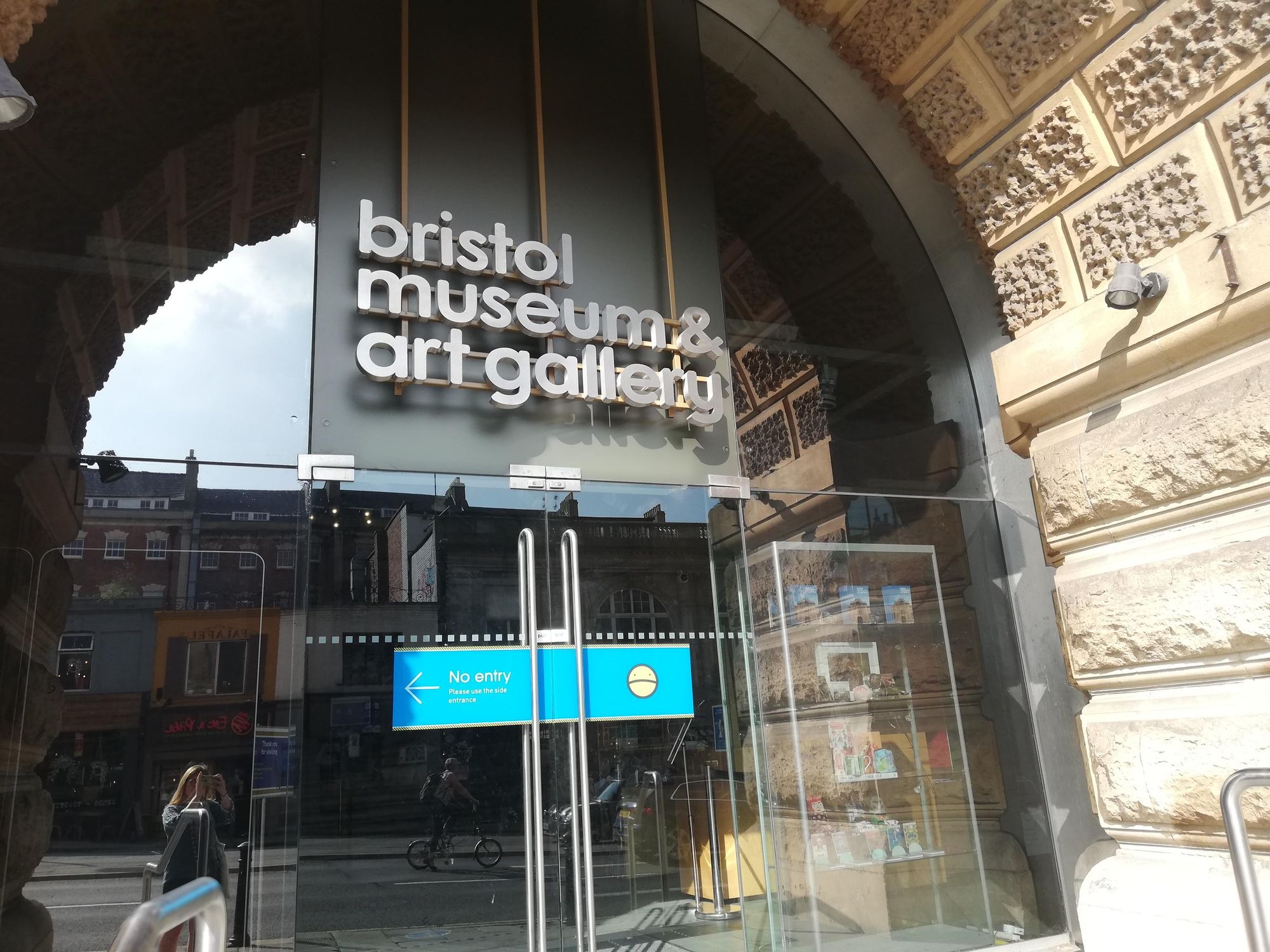By Matthew Jackson, Second Year, Biology
Bristol Museum and Art Gallery’s current exhibition provides a detailed description of the dinosaurs that roamed across Bristol. Matthew Jackson went to take a look
Treading up the stone staircase of Bristol Museum and turning the corner, you can't help but see a leering, motionless skeleton silhouetted by the gentle light glowing from behind. Its head looming nine feet above me, and hung a few feet from my eyes: its long threatening claws brandished in front.
This menacing-looking display is a cast of a 220-million-year-old fossil, found in Germany. Dinosaurs seem distant, both in time and space.
Then, from the corner of my eye I spot a plucky little creature with a bright blue patch on its neck. This diminutive dinosaur is the Thecodontosaurus (theek-o-dont-o-saurus), the first dinosaur fossil found in Bristol, earning it the name of ‘The Bristol Dinosaur’.

The Thecodontosaurs was discovered by the curator of the Bristol Institution, Samuel Stutchbury, on Durdham Downs, and it lived during the Triassic period. Its name means 'socket-tooth lizard', referring to the fact that the roots of its teeth were not fused with a jaw bone.
The bright colouring of this model’s neck is purely theoretical but pulls into focus an interesting point of paleontology: What colour were dinosaurs? The fossilisation process mostly preserves solid bone, therefore softer body parts and colours are rarely found in the geological record. Researchers get around this by making predictions based on how modern animals are coloured.
The Thecodontosaurs was discovered by the curator of the Bristol Institution, Samuel Stutchbury, on Durdham Downs
Many animals today use bright colours to attract mates, or neutral colours as camouflage to hide from predators. The creator of this model has transferred these traits onto a possible interpretation of Thecodontosaurus: a bright blue neck with bland brown tones and a few beige stripes running down the back of its neck and tail.
A large section of the exhibit contains the remains of three individuals of extinct herbivores called Scelidosaurs, a relative of the Stegosaurus, with bony spines protruding all over their back and tail. As you walk through the exhibit, the first of these dinosaurs has been identified as a young male and despite missing its head, this specimen displays some well-preserved armour plating.
The second has been identified as an adult male with discolouration of the throat, which scientists have determined was either food being eaten or vomit. The last Scelidosaur has uniquely preserved fossilised skin imprints. The skull of the specimen isn’t fully formed and so is thought to have been very young when it died.
A home fit for Mars…to be built in Bristol
Opinion | Bristol’s heel-dragging over returning the stolen Benin Bronzes is a symptom of Britain’s deep-rooted denial of its colonial past
The free exhibit, open at Bristol Museum and Art Gallery, shows how fantastic and diverse life was in the prehistoric era, bringing the distant dinosaur much closer to home. It outlines some of the reasons why paleontology is such a fascinating study.
Ever-changing and reshaping our knowledge of the long-deceased beasts, scientists continue to find fossils which help to piece together the variety of animals, their individual lives, and how they all came to rest upon the land we now call Bristol.
Featured Image: Epigram/Sarah Dalton
Have you been to visit the 'Bristol dinosaur' at the Bristol Museum and Art Gallery yet?









